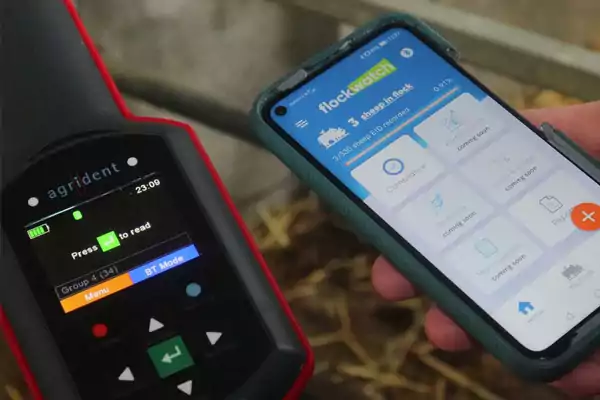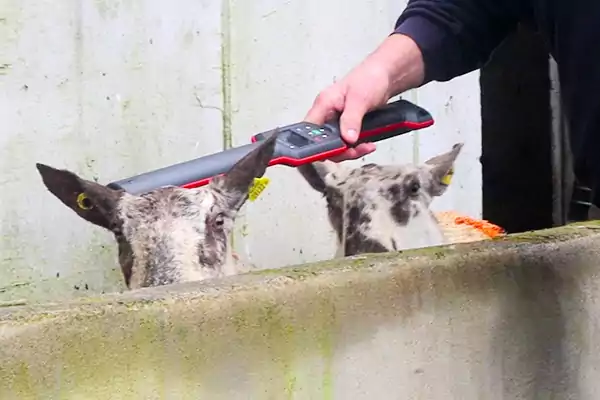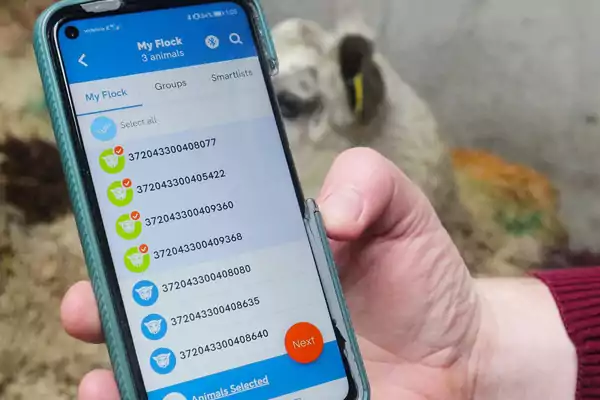Full flock overview in your pocket
Easily record and track vital flock production information with our Sheep & Goats solution (formerly Flockwatch)
MAXIMISE PRODUCTIVITY
Eliminate farm paperwork and make better decisions
Join our herd of over 20,000 farmers today!
Get your 6 Months Starter Offer!
Core Features
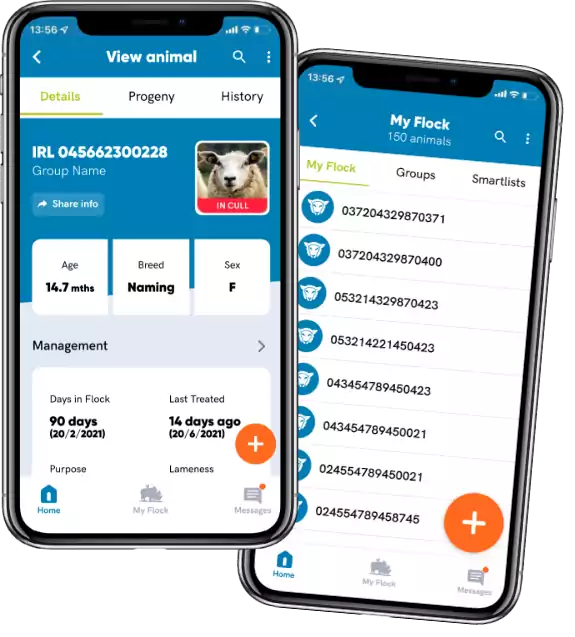
Track your animals’ health, genetics, breeding, weights with average daily gains, sales & purchases and more…
Manage your flock from your hand, individually or in groups / mobs. Record births & sales easily.
Simplify your medicine records by capturing group & individual treatments quickly.
Manage your animals’ breeding performance easily by capturing mating records, lambed list, lambing stats and due to lamb lists.
Connect your EID reader. Scan tags to view an animal’s history or add records individually or in batch.
Whether its for your own use or farm inspections, generate reports in seconds with our ready-made reports.
Get your 6 Months Starter Offer!
Nicola Wordie – Instagram star uses ‘Sheep & Goats’ by Herdwatch (Flockwatch) to boost flock performance
Fast record entry with EID readers
Simplifying farming with EID reader compatibility
Check out the benefits of EID Readers
Your flock in your hands
Add your sheep or goats manually into the app or scan your flock into the app with an EID reader.
Scan your sheeps EID tag for quick record entry
A sheep or goat’s profile is created when you read their tag.
Fast EID reader integration
Herdwatch EID Reader Compatibilty
EID reader integration for cattle & sheep
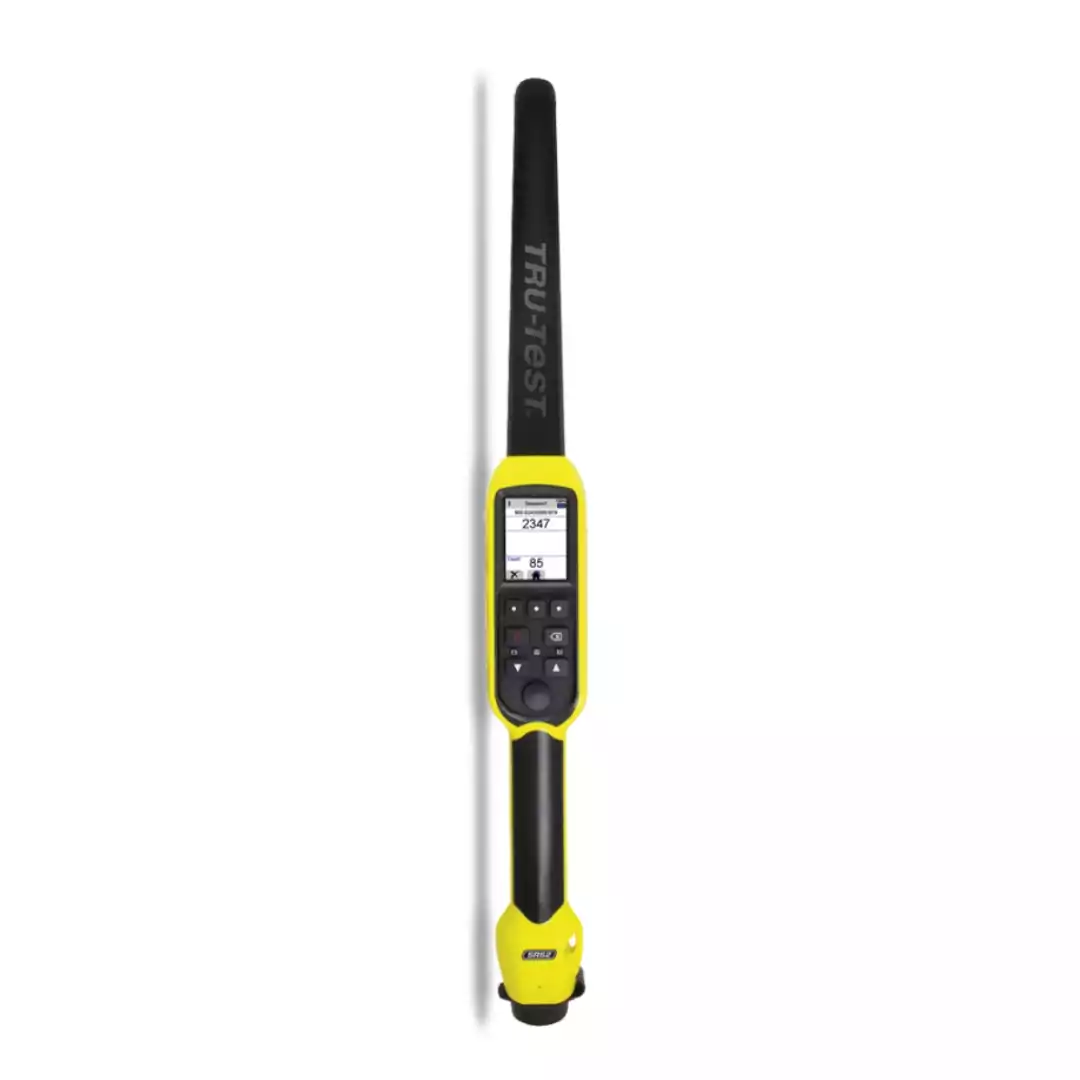
Trutest SRS2
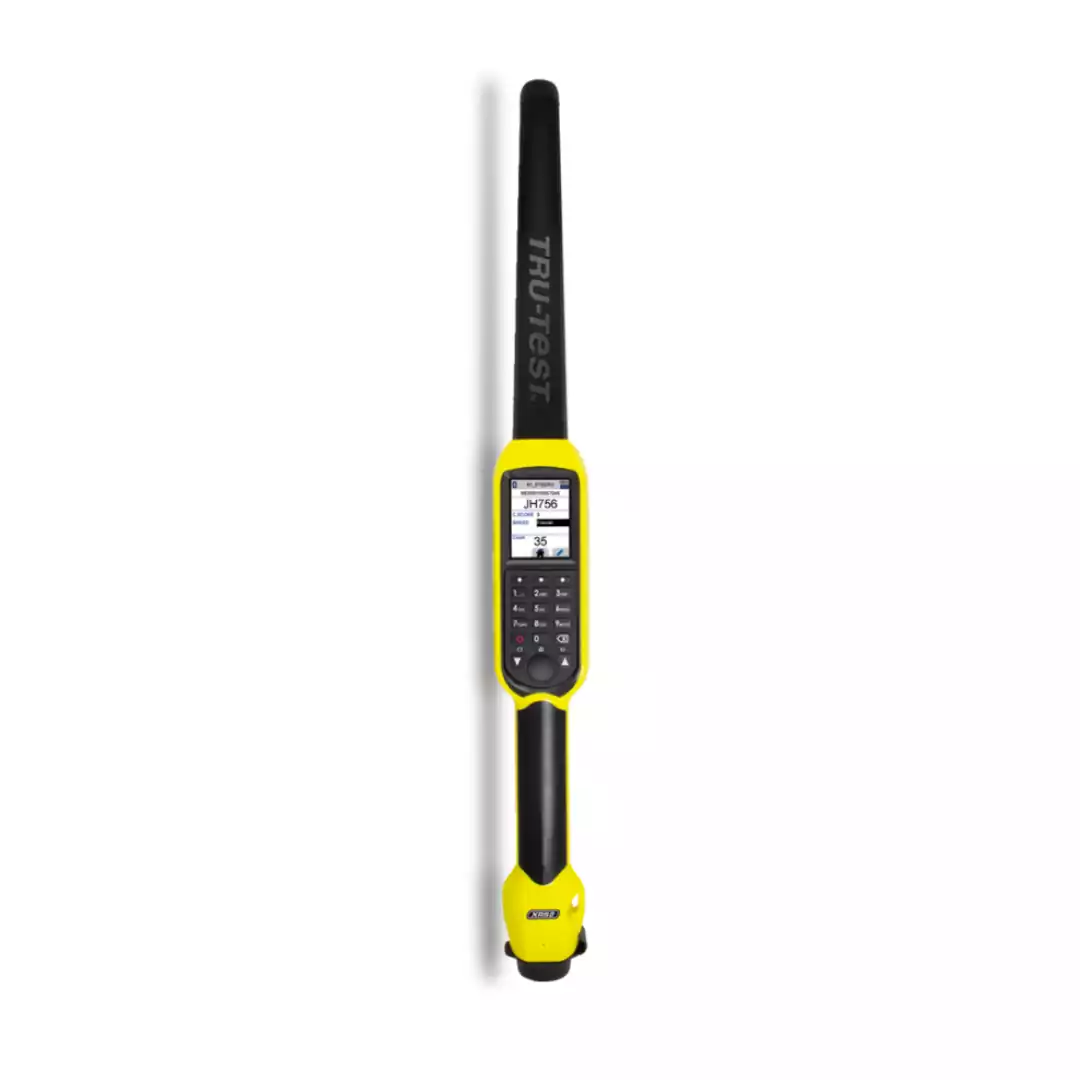
Trutest XRS2
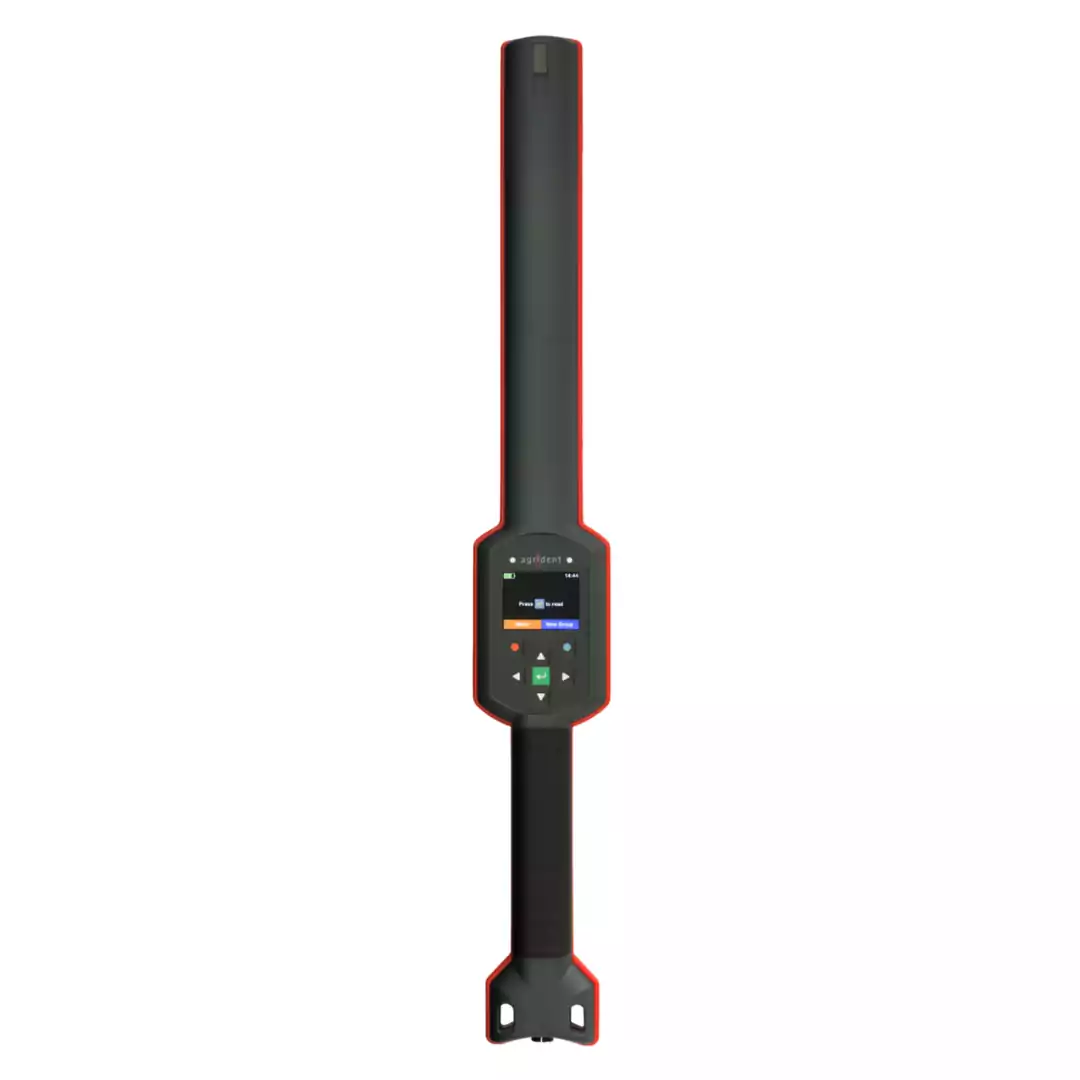
Agrident AWR 300

Agrident AWR 250

Agrident APR 250

SPECIAL OFFER
Get your 6 Months Starter Offer!
WHY HERDWATCH?
